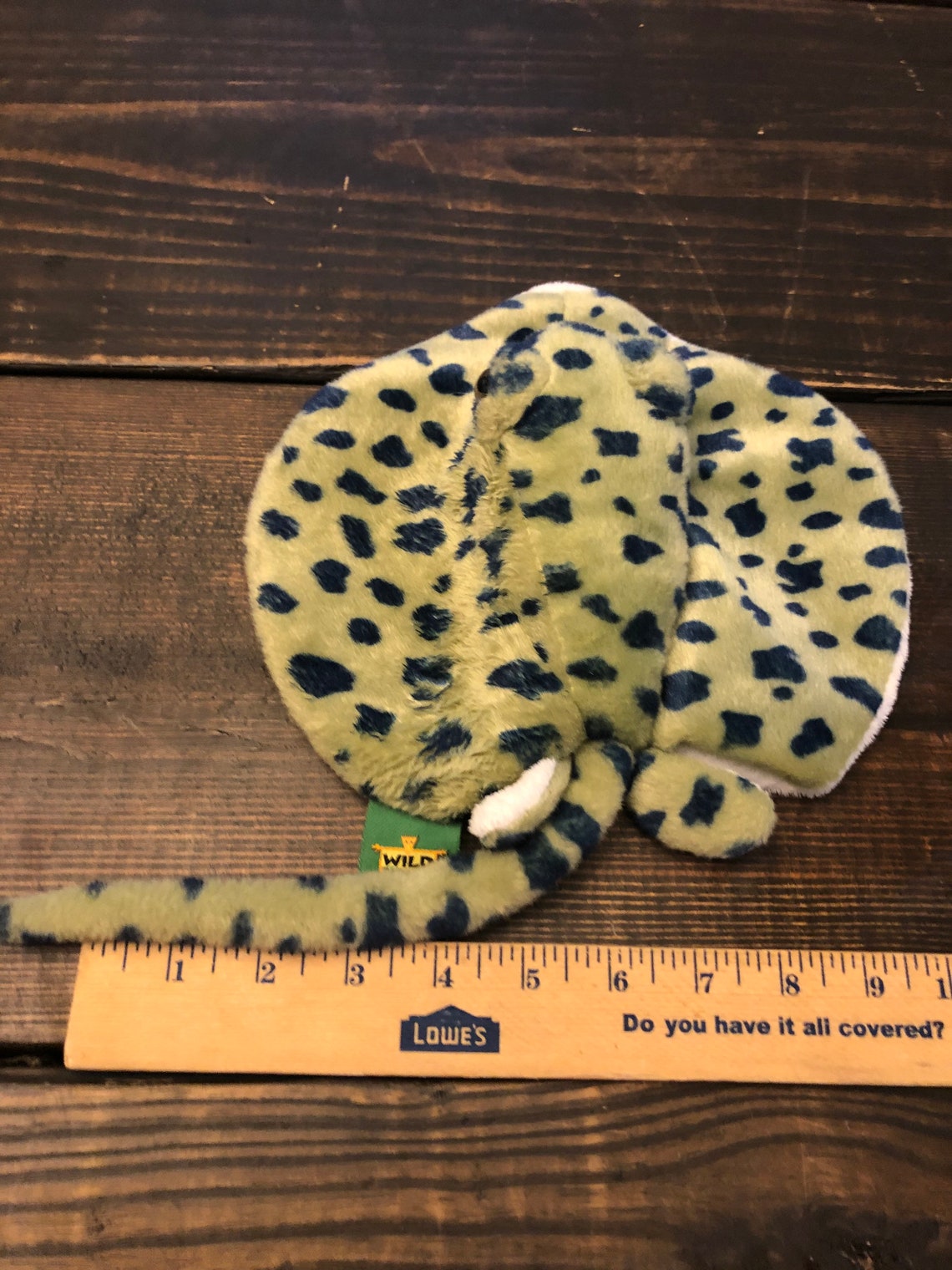

Improve understanding of movement and seasonal distribution to inform future management measures for minimizing impacts to the species during key life history functions.Identify and protect key habitat areas, including breeding and nursery grounds through research, monitoring, modeling, and management.Improve understanding of taxonomy, population distribution, abundance, trends, and structure through research, monitoring, and modeling.Improve understanding of associated mortality rates in key commercial fisheries (including at-vessel and post-release mortality), including effects of various factors such as gear type, temperature, temporal and spatial fishing effort, etc., for informing future fisheries management strategies to reduce fisheries interactions and associated mortality.Improve understanding of bycatch and investigate best methods for safe release of giant manta rays caught in U.S.The major actions recommended in the recovery outline include: The recovery outline presents a preliminary strategy for recovery of the species and recommends high priority actions to stabilize and recover the species.

Giant manta ray stuffed animal full#
NOAA Fisheries has developed a recovery outline to serve as an interim guidance document to direct recovery efforts, including recovery planning, for the giant manta ray until a full recovery plan is developed and approved. Under the ESA, NOAA Fisheries is required to develop and implement recovery plans for the conservation and survival of listed species. Other potential threats that should be monitored include entanglement, vessel strikes, marine debris/pollution, climate change, recreational fishing interactions, tourism, and the aquarium trade. With this expansion of the international gill plate market and increasing demand for manta ray products, estimated harvest of giant manta rays, particularly in many portions of the Indo-Pacific, frequently exceeds numbers of identified individuals in those areas and are accompanied by observed declines in sightings and landings of the species of up to 95 percent. Harvest for International Tradeĭemand for the gill plates of manta and other mobula rays has risen dramatically in Asian markets. Also, measures to address and minimize bycatch of the species in industrial fisheries are rare. Giant manta rays are both targeted and caught as bycatch in a number of global fisheries throughout their range, and are most susceptible to artisanal fisheries and industrial purse-seine fisheries.Įfforts to address overutilization of the species through current regulatory measures are inadequate, as targeted fishing and illegal retainment of the species still occurs despite prohibitions in a significant portion of the species’ range. The most significant threat to the giant manta ray is overutilization for commercial purposes. This diving behavior may be influenced by season and shifts in prey location associated with the thermocline. However, tagging studies have also shown that the species conducts dives of up to 200 to 450 meters and is capable of diving to depths exceeding 1,000 meters.


During feeding, giant manta rays may be found aggregating in shallow waters at depths less than 10 meters. Giant manta rays also appear to exhibit a high degree of plasticity or variation in terms of their use of depths within their habitat. Manta rays use many different types of feeding strategies, such as barrel rolling (doing somersaults over and over again) and creating feeding chains with other mantas to maximize prey intake. When feeding, mantas hold their cephalic fins in an “O” shape and open their mouths wide, creating a funnel that pushes water and prey through their mouth and over their gill plates. Manta rays primarily feed on planktonic organisms such as euphausiids, copepods, mysids, decapod larvae, and shrimp, but some studies have noted their consumption of small and moderately sized fish as well. The timing of these visits varies by region and seems to correspond with the movement of zooplankton, current circulation and tidal patterns, seasonal upwelling, seawater temperature, and possibly mating behavior.Īlthough the giant manta ray tends to be solitary, they aggregate at cleaning sites and to feed and mate. The giant manta ray is a migratory species and seasonal visitor along productive coastlines with regular upwelling, in oceanic island groups, and near offshore pinnacles and seamounts.


 0 kommentar(er)
0 kommentar(er)
